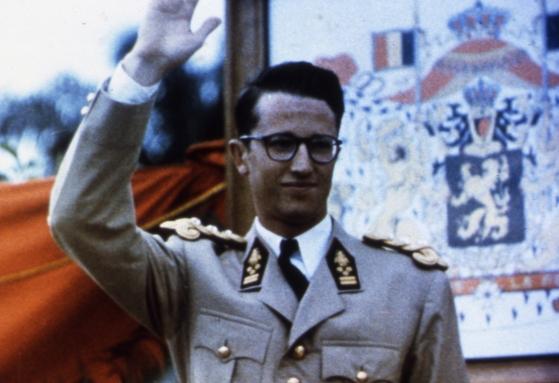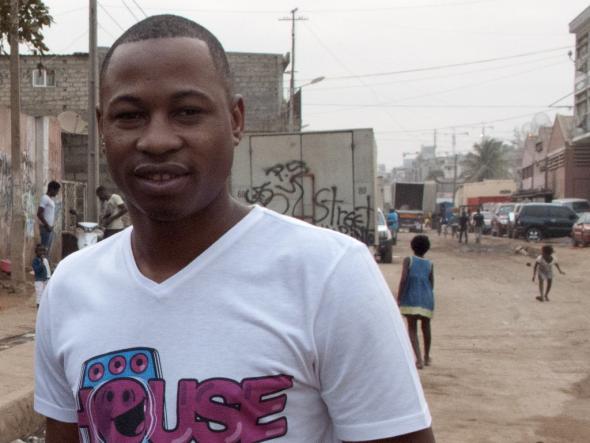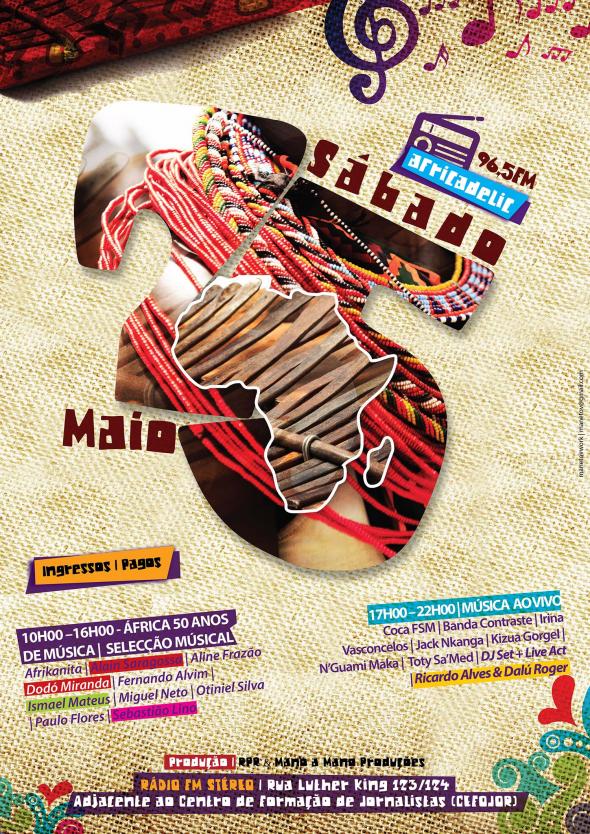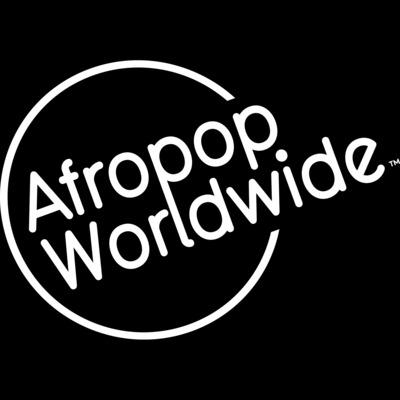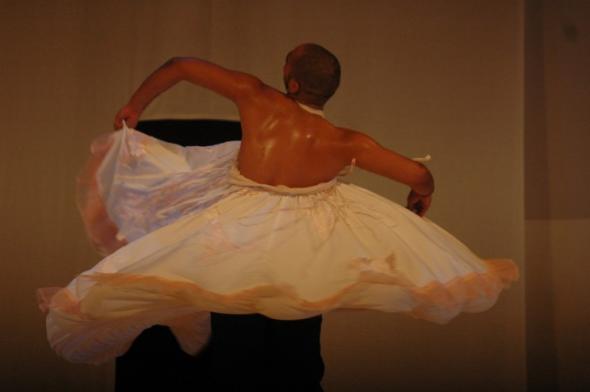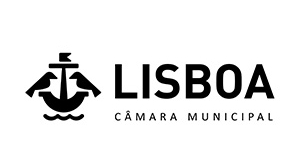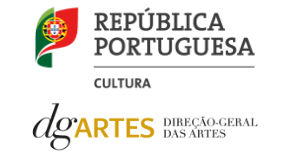Scientific Committee
Catarina Alves Costa - FCSH-UNL, catcostacatarina(at)gmail.com
Marta Lança - BUALA.ORG, buala(at)buala.org
Pedro Pinho - TERRATREME, pedropingo(at)gmail.com
Steering Committee
Marta Patrício, CEA-IUL (ISCTE-IUL), Ana_Patricio(at)iscte.pt
Pedro Osório - FCSH-UNL.
more info
27th June, 11:30-13:30, Auditorium B204
Comments: Mirian Tavares Nogueira
CROP | Johanna Domke, Marouan Omara. 49’, 2013.
 The film reflects upon the impact of images in the Egyptian Revolution in 2011 and puts it in relation to the image politics of Egypt´s leaders. Instead of showing footage from the revolution, the film is shot entirely in the power domain of images - Egypt´s oldest and most influential state newspaper Al Ahram. Throughout the building – from the top-level executive office towards the smallest worker – we follow the story of a photo-journalist, that missed the revolution due to a hospital stay. After resuming his work in the newspaper, his life seems not quite the same. His voice gives a personal reflection to the media ploys of the old regime.
The film reflects upon the impact of images in the Egyptian Revolution in 2011 and puts it in relation to the image politics of Egypt´s leaders. Instead of showing footage from the revolution, the film is shot entirely in the power domain of images - Egypt´s oldest and most influential state newspaper Al Ahram. Throughout the building – from the top-level executive office towards the smallest worker – we follow the story of a photo-journalist, that missed the revolution due to a hospital stay. After resuming his work in the newspaper, his life seems not quite the same. His voice gives a personal reflection to the media ploys of the old regime.
http://vimeo.com/52194528
The Secret Capital | Mukhtar Saad Shehata and Samuli Schielke. 28’, Egypt, 2013.
 Was there a revolution? Two years after the beginning of the January 25 Revolution, many Egyptians ask themselves this question. The answer is not to be found on Tahrir Square, but in the villages of countryside, the secret capital of Egypt. Convinced that there only has been a revolution if it reaches the countryside there really has been a revolution, the novelist and filmmaker MukhtarShehata follows the struggles, hopes and frustrations among people from his home village who between February 2011 and December 2012 tried to bring the revolution to their village in northern Egypt. “The Secret Capital“ is the second film by Shehata and Schielke after “The Other Side“ (2010).
Was there a revolution? Two years after the beginning of the January 25 Revolution, many Egyptians ask themselves this question. The answer is not to be found on Tahrir Square, but in the villages of countryside, the secret capital of Egypt. Convinced that there only has been a revolution if it reaches the countryside there really has been a revolution, the novelist and filmmaker MukhtarShehata follows the struggles, hopes and frustrations among people from his home village who between February 2011 and December 2012 tried to bring the revolution to their village in northern Egypt. “The Secret Capital“ is the second film by Shehata and Schielke after “The Other Side“ (2010).
http://www.youtube.com/watch?v=ho2QzErIx5I
Mirian Tavares Nogueira has academic training in Communication Sciences, Semiotics and Cultural Studies (she holds a Ph.D. in Communication and Contemporary Culture from the Federal University of Bahia). She has developed its research and theoretical work in fields related to cinema, literature and other arts, as well as in the areas of filmic and artistic aesthetics. Mirian is a Professor at University of Algarve where she presently coordinates the doctoral and master’s degree in Communication, Culture and Arts and the Bachelor in Visual Arts. She is also the Coordinator of CIAC - Centre for Research in Arts and Communication.
28th June, 10:30-12:30, Auditorium B204
Comments: Sílvia Vieira
Africa: The Beat | SAMAKI WANNE Collective (Javier Arias Bal, Polo Vallejo, Pablo Vega, Manuel Velasco). 59’, Spain, Tanzania, 2011.
“Africa: The Beat” was filmed in Nzali, an enclave situated in the heart of Tanzania where the Wagogo live. Theirs is a unique musical universe. From the film’s first frame to the last sound heard, each image takes us further into their daily reality while their music gradually engulfs us in a world of surprising sensations. Day and night, the passage of time and the seasons, nature and the elements, water, the importance of the word and the stories, the stages of life… all of this emerges from a pulsation around which every instant of existence is articulated. Filmed with rudimentary technical means, “Africa: The Beat” conjoins the perspective of a painter, the vision of a filmmaker and the sensibilities of two musicians. It does away with the concept of the voice-over, which conditions and invades the spectator’s senses. Instead, the film permits the spectator to experience his or her own emotions, and bear witness to the essential place music occupies in life.
http://www.africathebeat.com
CongoSuper8 | Lesley Braun. 09’ 02’’, 2012.
 Filmed in Kinshasa’s velodrome, an old Belgian colonial motorcycle racetrack, Congo Super 8 showcases two folkloric dance troupes. Originally shot on super 8 film, the visuals are intended to pander to our nostalgia for old fashioned ethnographic films, while disrupting historical frames of reference. Akin to early ethnographic films of dance performance in Africa, the accompanying silence further de-contextualizes the event, limiting the spectator’s experience. My choice to overlay the film with a computerized reading of James Clifford’s canonized text “The Predicament of Culture” is intended to problematize older pedagogical practices. The computerized sound of the voice not only juxtaposes the dynamic movements of the dancers, but also the anthropological text itself.
Filmed in Kinshasa’s velodrome, an old Belgian colonial motorcycle racetrack, Congo Super 8 showcases two folkloric dance troupes. Originally shot on super 8 film, the visuals are intended to pander to our nostalgia for old fashioned ethnographic films, while disrupting historical frames of reference. Akin to early ethnographic films of dance performance in Africa, the accompanying silence further de-contextualizes the event, limiting the spectator’s experience. My choice to overlay the film with a computerized reading of James Clifford’s canonized text “The Predicament of Culture” is intended to problematize older pedagogical practices. The computerized sound of the voice not only juxtaposes the dynamic movements of the dancers, but also the anthropological text itself.
http://vimeo.com/60183352
Sílvia Vieira graduated in Art History from the University of Coimbra and has an MA in Communication, Culture and Arts from the Universidade of Algarve. She directed the documentary “AssimEstamosLivres: Cinema Moçambicano 1975-2010” (2010) (“So We Are Free: Mozambican Cinema 1975-2010”) and is a member of the Inner Project video art collective. She is currently working as a researcher for the Centre for Research in Arts and Communication (CIAC) in Algarve.
29th June, 11:30-13:30, Auditorium B204
Comments: Paulo Nuno Vicente
Xilunguine, the Promised Land | Inadelso Cossa. 30’, Mozambique, 2011.
 For generations the “Tsonga” (machangane) migrate to Lourenço Marques (xilunguine) in search of better living conditions. The film Xilunguine, the promised land, based in an ethnographic study of ethnic migration Tsonga to Lourenço Marques in the colonial city they called (Xilunguine) “the city of the white”, exposes the matromonials customs “lobola” with a couple , the portrait of the city makes up a cross and chronological narrative of historical events such as the arrival of Eduardo Mondlane in Mozambique in 1961, and the formation of libertation movements. The film focuses on the stories of migrants who came to colonial city lourenço Marques, founded and inhabited neighborhoods like Mafalala, PolanaCanico, and still live here and have their children and do not intend to return to their land of origin.
For generations the “Tsonga” (machangane) migrate to Lourenço Marques (xilunguine) in search of better living conditions. The film Xilunguine, the promised land, based in an ethnographic study of ethnic migration Tsonga to Lourenço Marques in the colonial city they called (Xilunguine) “the city of the white”, exposes the matromonials customs “lobola” with a couple , the portrait of the city makes up a cross and chronological narrative of historical events such as the arrival of Eduardo Mondlane in Mozambique in 1961, and the formation of libertation movements. The film focuses on the stories of migrants who came to colonial city lourenço Marques, founded and inhabited neighborhoods like Mafalala, PolanaCanico, and still live here and have their children and do not intend to return to their land of origin.
http://vimeo.com/56201525
Manifesto das Imagen sem Movimento | Diana Manhiça. 5’ 28’’, Mozambique, 2012.
 Originally edited has KUGOMA´s Manifest for the introduction of the Moving Images Archives Section of the festival, in 2012, these images, shot by Diana Manhiça and IldaAbdala during the removal of damaged film stock from the archival warehouse, in Maputo, were edited with records from the 2010 Dockanema seminar and the interviews by CatarinaSimão for her project «Fora de Campo». The context is set by elements from the 1980´s Unesco Declaration for the Conservation and Preservation of Moving Images.
Originally edited has KUGOMA´s Manifest for the introduction of the Moving Images Archives Section of the festival, in 2012, these images, shot by Diana Manhiça and IldaAbdala during the removal of damaged film stock from the archival warehouse, in Maputo, were edited with records from the 2010 Dockanema seminar and the interviews by CatarinaSimão for her project «Fora de Campo». The context is set by elements from the 1980´s Unesco Declaration for the Conservation and Preservation of Moving Images.
Debout sur le Phosphate | Pierre Blavier and Quentin Laurent. 30’, 2013.
In the south of Tunisia, Borj el Akerma is a village of phosphate minors that has resisted to the central power since the midsts of time. It’s here that the Gafsa revolt began in 2008, as a forewarning of the Revolution of 2011. In spring 2012, two young Europeans film the village recomposing itself, with the unemployed’s impatience, the labor at phosphate careers and the unchanging everyday life.
Framing the Other | IljaKok and Willem Timmers. 25’, Netherlands, 2012.
 The Mursi tribe resides in the basin of the Omo River, in the east African state of Ethiopia. Mursi women are known for placing large plates in their lower lips and wearing enormous, richly decorated earrings, which has become a subject of tourist attraction in recent years. Each year, hundreds of Western tourists come to see the unusually adorned natives; posing for camera-toting visitors has become the main source of income for the Mursi. To make more money, they embellish their “costumes” and finery to appear more exotic to the outsiders. However, by exaggerating their habits and lifestyle in such a manner they are beginning to cause their original, authentic culture to disintegrate.
The Mursi tribe resides in the basin of the Omo River, in the east African state of Ethiopia. Mursi women are known for placing large plates in their lower lips and wearing enormous, richly decorated earrings, which has become a subject of tourist attraction in recent years. Each year, hundreds of Western tourists come to see the unusually adorned natives; posing for camera-toting visitors has become the main source of income for the Mursi. To make more money, they embellish their “costumes” and finery to appear more exotic to the outsiders. However, by exaggerating their habits and lifestyle in such a manner they are beginning to cause their original, authentic culture to disintegrate.
Framing the Other portrays the complex relationship between tourism and indigenous communities by revealing the intimate and intriguing thoughts of a Mursi woman from Southern Ethiopia and a Dutch tourist as they prepare to meet each other. This humorous, yet simultaneously chilling, film shows the destructive impact tourism has on traditional communities.
http://framingtheother.wordpress.com
Paulo Nuno Vicente is a journalist and documentarist. He has developed projects in the so-called “Global South”, in particular in Guinea-Bissau, Ceuta and Melilla, São Tomé and Príncipe, Lebanon, Bosnia and Herzegovina, Israel and Cisjordan, Cape Verde, Chad, Central African Republic, Brazil, Kenya, Senegal and South Africa. He received the UNESCO Human Rights and Integration Award (2009). His most recent documentary isKilombos (2012). Paulo is a PhD fellow in the scope of UT Austin-Portugal Program for Digital Media, where he develops an extensive research on international journalism from Sub-Saharan Africa. Paulo has beenworking as a journalism teacher and trainer at Universidade Nova de Lisboa, Instituto Politécnico de Coimbra and Deutsche Welle Akademie.
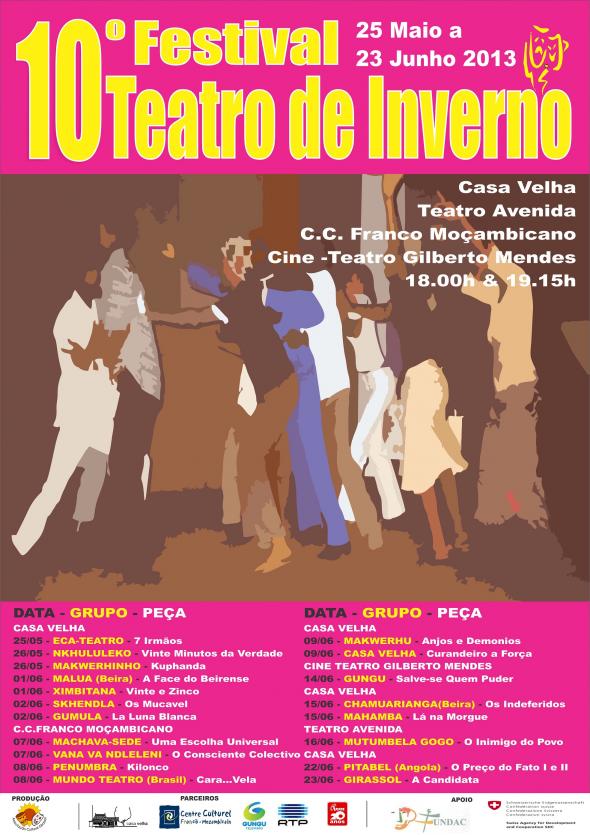
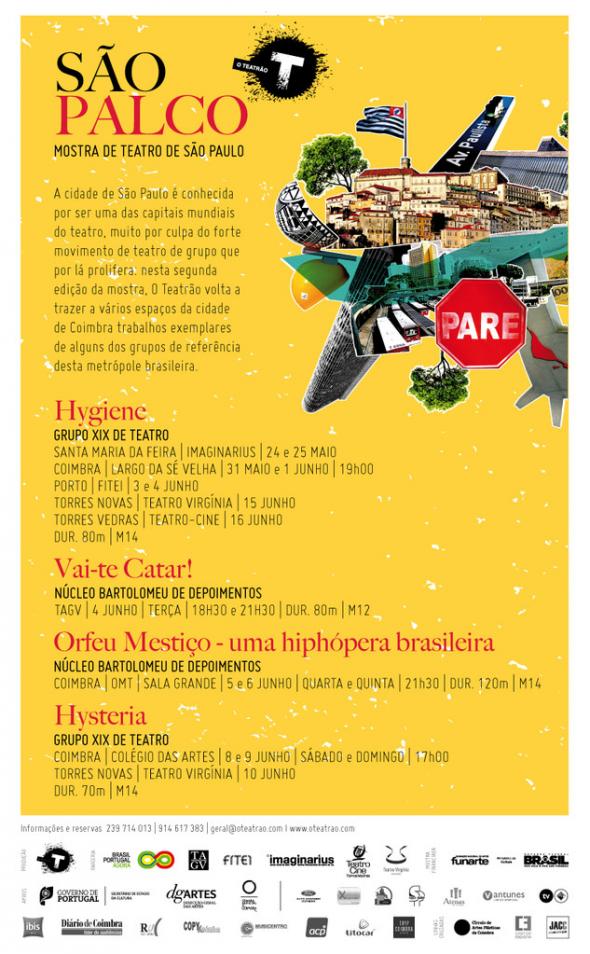
 The film reflects upon the impact of images in the Egyptian Revolution in 2011 and puts it in relation to the image politics of Egypt´s leaders. Instead of showing footage from the revolution, the film is shot entirely in the power domain of images - Egypt´s oldest and most influential state newspaper Al Ahram. Throughout the building – from the top-level executive office towards the smallest worker – we follow the story of a photo-journalist, that missed the revolution due to a hospital stay. After resuming his work in the newspaper, his life seems not quite the same. His voice gives a personal reflection to the media ploys of the old regime.
The film reflects upon the impact of images in the Egyptian Revolution in 2011 and puts it in relation to the image politics of Egypt´s leaders. Instead of showing footage from the revolution, the film is shot entirely in the power domain of images - Egypt´s oldest and most influential state newspaper Al Ahram. Throughout the building – from the top-level executive office towards the smallest worker – we follow the story of a photo-journalist, that missed the revolution due to a hospital stay. After resuming his work in the newspaper, his life seems not quite the same. His voice gives a personal reflection to the media ploys of the old regime. Was there a revolution? Two years after the beginning of the January 25 Revolution, many Egyptians ask themselves this question. The answer is not to be found on Tahrir Square, but in the villages of countryside, the secret capital of Egypt. Convinced that there only has been a revolution if it reaches the countryside there really has been a revolution, the novelist and filmmaker MukhtarShehata follows the struggles, hopes and frustrations among people from his home village who between February 2011 and December 2012 tried to bring the revolution to their village in northern Egypt. “The Secret Capital“ is the second film by Shehata and Schielke after “The Other Side“ (2010).
Was there a revolution? Two years after the beginning of the January 25 Revolution, many Egyptians ask themselves this question. The answer is not to be found on Tahrir Square, but in the villages of countryside, the secret capital of Egypt. Convinced that there only has been a revolution if it reaches the countryside there really has been a revolution, the novelist and filmmaker MukhtarShehata follows the struggles, hopes and frustrations among people from his home village who between February 2011 and December 2012 tried to bring the revolution to their village in northern Egypt. “The Secret Capital“ is the second film by Shehata and Schielke after “The Other Side“ (2010). Filmed in Kinshasa’s velodrome, an old Belgian colonial motorcycle racetrack, Congo Super 8 showcases two folkloric dance troupes. Originally shot on super 8 film, the visuals are intended to pander to our nostalgia for old fashioned ethnographic films, while disrupting historical frames of reference. Akin to early ethnographic films of dance performance in Africa, the accompanying silence further de-contextualizes the event, limiting the spectator’s experience. My choice to overlay the film with a computerized reading of James Clifford’s canonized text “The Predicament of Culture” is intended to problematize older pedagogical practices. The computerized sound of the voice not only juxtaposes the dynamic movements of the dancers, but also the anthropological text itself.
Filmed in Kinshasa’s velodrome, an old Belgian colonial motorcycle racetrack, Congo Super 8 showcases two folkloric dance troupes. Originally shot on super 8 film, the visuals are intended to pander to our nostalgia for old fashioned ethnographic films, while disrupting historical frames of reference. Akin to early ethnographic films of dance performance in Africa, the accompanying silence further de-contextualizes the event, limiting the spectator’s experience. My choice to overlay the film with a computerized reading of James Clifford’s canonized text “The Predicament of Culture” is intended to problematize older pedagogical practices. The computerized sound of the voice not only juxtaposes the dynamic movements of the dancers, but also the anthropological text itself. For generations the “Tsonga” (machangane) migrate to Lourenço Marques (xilunguine) in search of better living conditions. The film Xilunguine, the promised land, based in an ethnographic study of ethnic migration Tsonga to Lourenço Marques in the colonial city they called (Xilunguine) “the city of the white”, exposes the matromonials customs “lobola” with a couple , the portrait of the city makes up a cross and chronological narrative of historical events such as the arrival of Eduardo Mondlane in Mozambique in 1961, and the formation of libertation movements. The film focuses on the stories of migrants who came to colonial city lourenço Marques, founded and inhabited neighborhoods like Mafalala, PolanaCanico, and still live here and have their children and do not intend to return to their land of origin.
For generations the “Tsonga” (machangane) migrate to Lourenço Marques (xilunguine) in search of better living conditions. The film Xilunguine, the promised land, based in an ethnographic study of ethnic migration Tsonga to Lourenço Marques in the colonial city they called (Xilunguine) “the city of the white”, exposes the matromonials customs “lobola” with a couple , the portrait of the city makes up a cross and chronological narrative of historical events such as the arrival of Eduardo Mondlane in Mozambique in 1961, and the formation of libertation movements. The film focuses on the stories of migrants who came to colonial city lourenço Marques, founded and inhabited neighborhoods like Mafalala, PolanaCanico, and still live here and have their children and do not intend to return to their land of origin. Originally edited has KUGOMA´s Manifest for the introduction of the Moving Images Archives Section of the festival, in 2012, these images, shot by Diana Manhiça and IldaAbdala during the removal of damaged film stock from the archival warehouse, in Maputo, were edited with records from the 2010 Dockanema seminar and the interviews by CatarinaSimão for her project «Fora de Campo». The context is set by elements from the 1980´s Unesco Declaration for the Conservation and Preservation of Moving Images.
Originally edited has KUGOMA´s Manifest for the introduction of the Moving Images Archives Section of the festival, in 2012, these images, shot by Diana Manhiça and IldaAbdala during the removal of damaged film stock from the archival warehouse, in Maputo, were edited with records from the 2010 Dockanema seminar and the interviews by CatarinaSimão for her project «Fora de Campo». The context is set by elements from the 1980´s Unesco Declaration for the Conservation and Preservation of Moving Images. The Mursi tribe resides in the basin of the Omo River, in the east African state of Ethiopia. Mursi women are known for placing large plates in their lower lips and wearing enormous, richly decorated earrings, which has become a subject of tourist attraction in recent years. Each year, hundreds of Western tourists come to see the unusually adorned natives; posing for camera-toting visitors has become the main source of income for the Mursi. To make more money, they embellish their “costumes” and finery to appear more exotic to the outsiders. However, by exaggerating their habits and lifestyle in such a manner they are beginning to cause their original, authentic culture to disintegrate.
The Mursi tribe resides in the basin of the Omo River, in the east African state of Ethiopia. Mursi women are known for placing large plates in their lower lips and wearing enormous, richly decorated earrings, which has become a subject of tourist attraction in recent years. Each year, hundreds of Western tourists come to see the unusually adorned natives; posing for camera-toting visitors has become the main source of income for the Mursi. To make more money, they embellish their “costumes” and finery to appear more exotic to the outsiders. However, by exaggerating their habits and lifestyle in such a manner they are beginning to cause their original, authentic culture to disintegrate.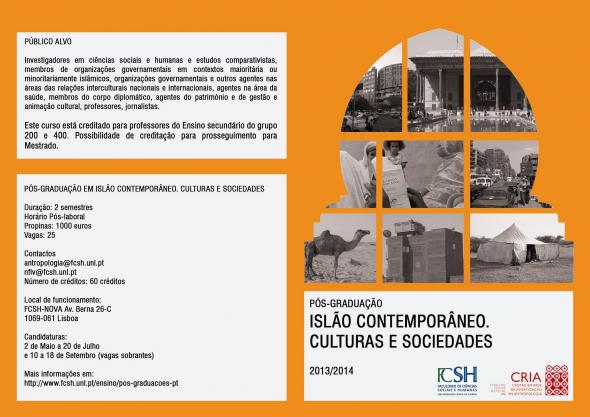
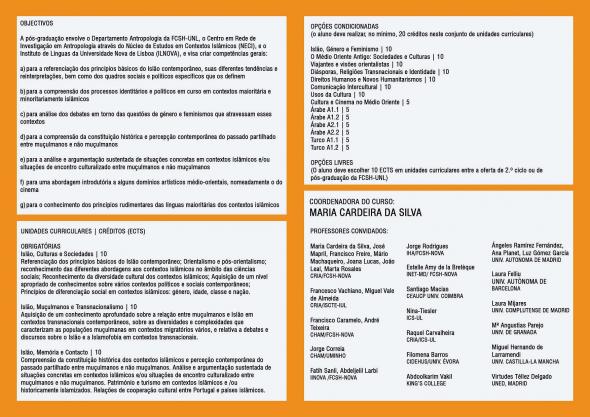
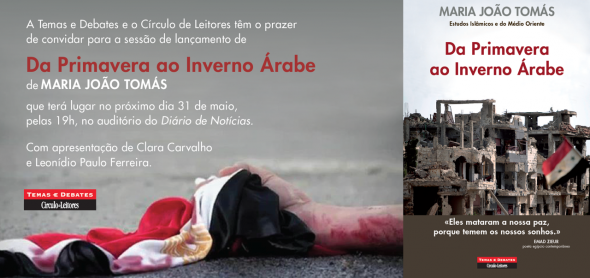
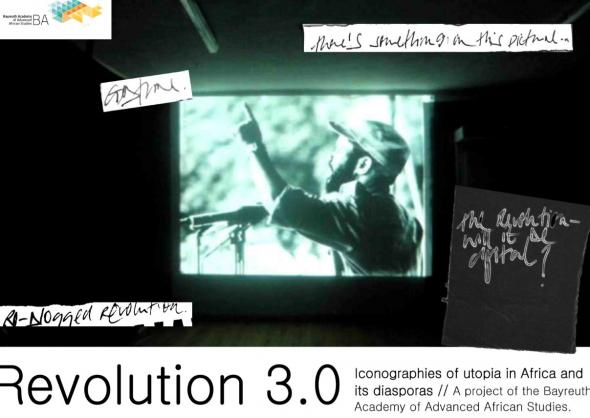
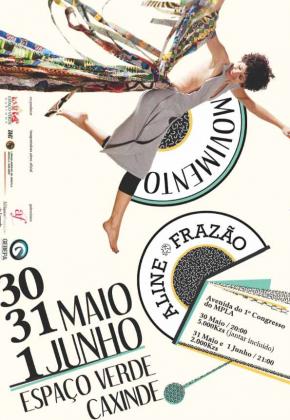 Aline Frazão apresenta esta semana, em Luanda, o seu novo disco “Movimento”. A cantora e compositora angolana prepara-se uma série de três concertos no Espaço Verde Caxinde, dia 30, 31 de maio e 1 de junho, onde a artista apresentará, pela primeira vez, canções do seu novo álbum mas também do trabalho anterior, “Clave Bantu”. A acompanhar a cantora estarão os músicos Marco Pombinho (teclado), Francesco Valente (baixo) e Marcos Alves (bateria).
Aline Frazão apresenta esta semana, em Luanda, o seu novo disco “Movimento”. A cantora e compositora angolana prepara-se uma série de três concertos no Espaço Verde Caxinde, dia 30, 31 de maio e 1 de junho, onde a artista apresentará, pela primeira vez, canções do seu novo álbum mas também do trabalho anterior, “Clave Bantu”. A acompanhar a cantora estarão os músicos Marco Pombinho (teclado), Francesco Valente (baixo) e Marcos Alves (bateria).


